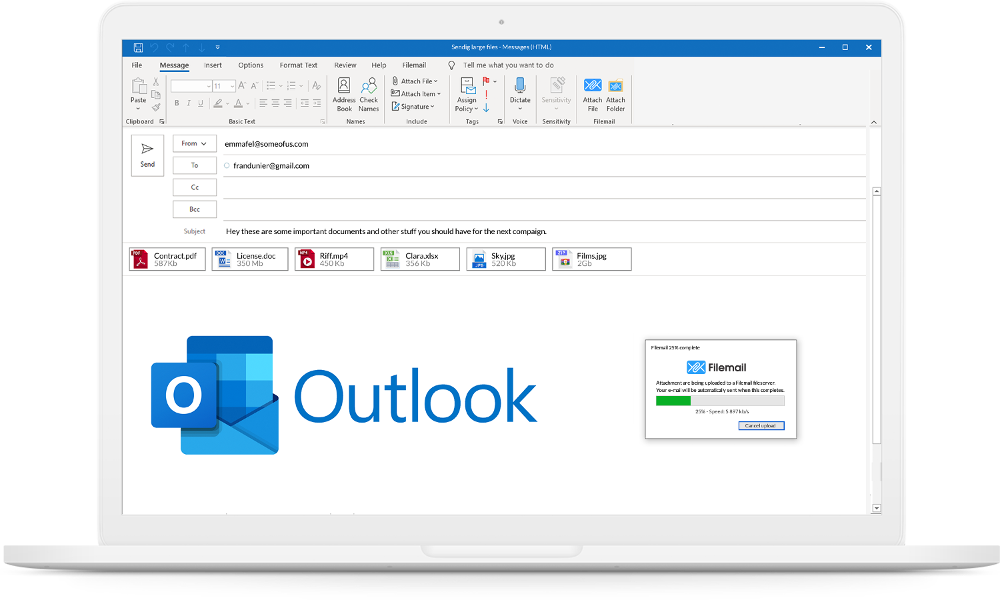

If your system actually needed that RAM for something else, Windows would unload those files from memory and read them from disk instead, allowing the process that actually needed the RAM to occupy that space.Īlso important to note is the difference between active and standby memory. This is an example of Windows just making use of memory that otherwise isn't being used. This is an optimization feature of Windows where it will load files it's actively using into the system memory so it doesn't have to reference them on disk (which is much slower). Mapped File is about normal, and usually where people see a lot of RAM disappearing.
#Filemail a scam drivers#
It might be worth your time checking out your pooltags like /u/computix said to see if any drivers are taking more than their fair share. Likely your graphics driver is using the majority of this. This is where drivers are keeping data that doesn't have to be active in RAM all the time.

Your paged pool is a bit high, but I've seen higher. You can disable this, but generally good to leave it in place for an active "general use" machine. This is an NTFS caching mechanism and is used by Windows to speed up calls to the disk by keeping an in-memory cache of file data so Windows already knows where to grab them on-disk and doesn't have to query the file table manually. A lot of browser tabs, TabNine, Code.exe, Google Drive, none of these using a particularly high amount of memory by themselves, but all together, using quite a bit. Which is still a bit high for being idle, but you also had a lot of processes open.

At the time you took this, your PC was only actively using around 12GB.


 0 kommentar(er)
0 kommentar(er)
